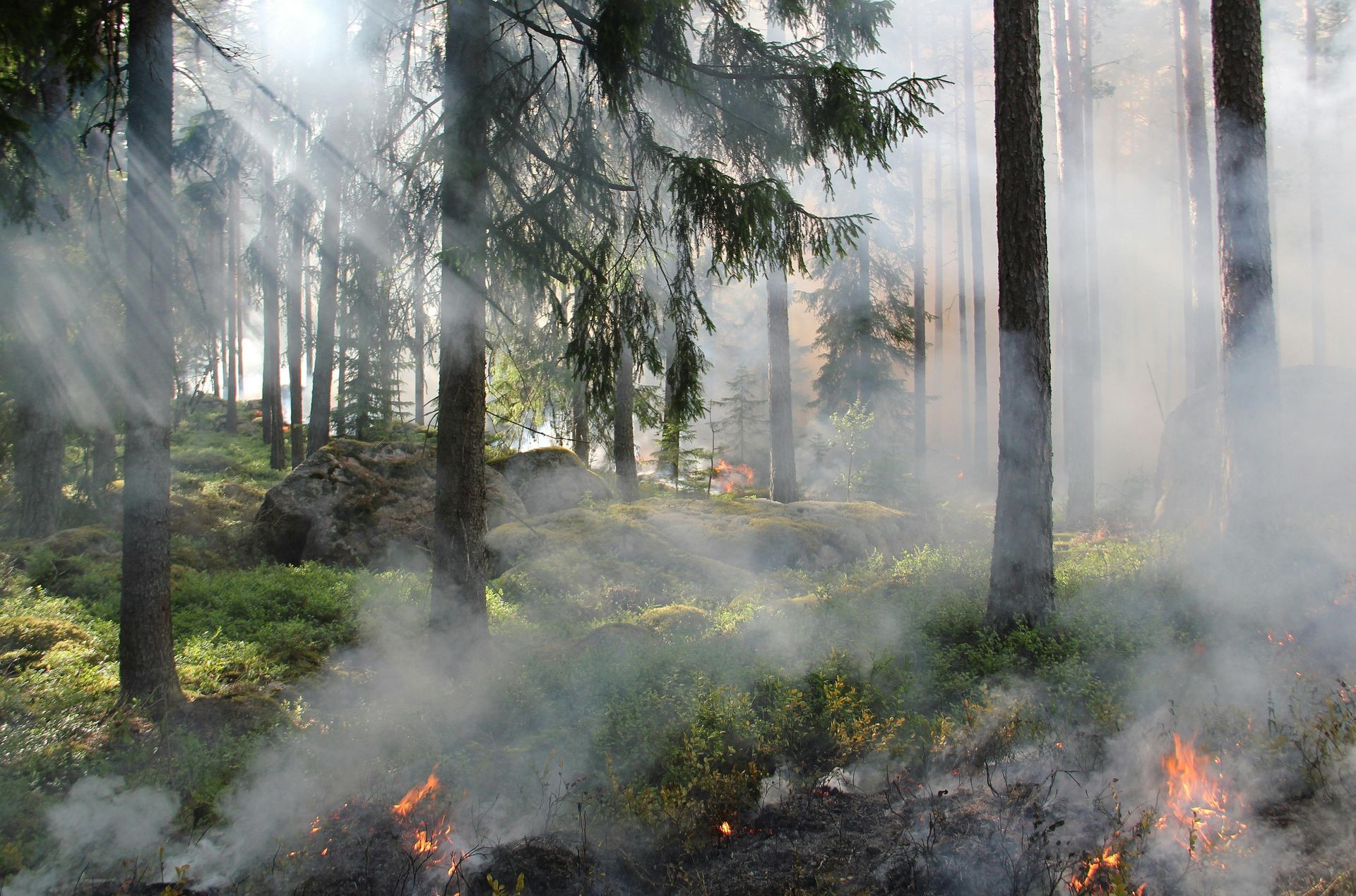Dealing With Herbicide Application Rate Confusion
Let’s face it, there’s a lot of confusion out there concerning herbicide application rates.
One person says he’s using a 3% solution: the next person say’s he’s using a 1.2%
solution. Both may be using the same amount of herbicide but are viewing the situation differently. What’s going on here?
Herbicides are produced and marketed in a vast array of product names and concentrations. Some are formulated to be applied in rates of pints per acre, quarts per acre and even gallons per acre while others are formulated to be applied in ounces per acre. Mixing the appropriate amount of chemical and carrier (usually water) is critical for achieving the expected results and avoiding damaging unintended targets, as well as damaging the environment. Another consideration is that some of these low volume herbicides are very expensive, over $600 for a 3-pound container. The key to the proper mixing and application of herbicides is to understand that each product has its own concentration of active ingredient, usually referred to as percent ai. By referring to a solution by a certain percent ai, a common ground, a standard, is established and all the different market available formulations can be comparatively evaluated for cost and applied concentration. For example, a review of one list of glyphosate products, the active chemical in the herbicide originally marketed as “Roundup”, finds more than 65 different products that are produced and sold under an assortment of different brand names. These products are formulated to contain the manufacturer’s desired concentration of active ingredient, ranging from technical grade material at 98% concentration down to the 1.8% off-the-
shelf product sold at Walmart. Both products use the same chemical active ingredient but are vastly different in cost and application (mixing) requirements. Most people think that “Roundup” is “Roundup” and all are equal. Herein lies the source of the confusion. To illustrate, let’s say the farmer Brown says he applied a solution of glyphosate herbicide called “RazorPro” for privet control. He has a 100-gallon tank in which he added 3 gallons of glyphosate product he bought at the local coop. He added water to fill the tank to 100 gallons. He now says he has a 3% solution. After all, the math shows
he’s right. 3 gal./ 100 gal.=.03, or 3%. What he didn’t realize is that the RazorPro product is only 41% ai., so the math really
looks like this: 3 gal./ 100 gal. X .41 = .012, or 1.2% active ingredient concentration, less than half the concentration he thought he had applied. If the target species required a treatment solution of 3% to achieve the expected level of control, farmer Brown will likely be dissatisfied with his results. Moreover, he likely would never be aware of the real reason for his poor results. Another source of confusion is that chemical company reps and others sometime provide recommendations for applied concentration based on a certain product, i.e., a 3% solution of RazorPro for example. The intent is to simplify things for the user, but too often the person fails to understand that the person making the recommendation has already. accounted for the percent ai and the actual target solution is 1.2% ai. A 3% product concentration can be very different from a 3% ai concentration. If this method is used, clear communication must be maintained to indicate that the solution is based on a specific herbicide product, i.e., RazorPro, 41% ai. Too often in subsequent discussions
with neighbors, the user simply recalls he used a 3% glyphosate solution, which is incorrect. Formulating a herbicide solution of a certain concentration can be a confusing task. Certainly, your Complete Forestry representatives can help clarify the process. We take the time to provide the necessary specifics to our clients. Working with an experienced and knowledgeable company can make the difference between success and failure of the project, and it can help take the confusion out of dealing with herbicides.






